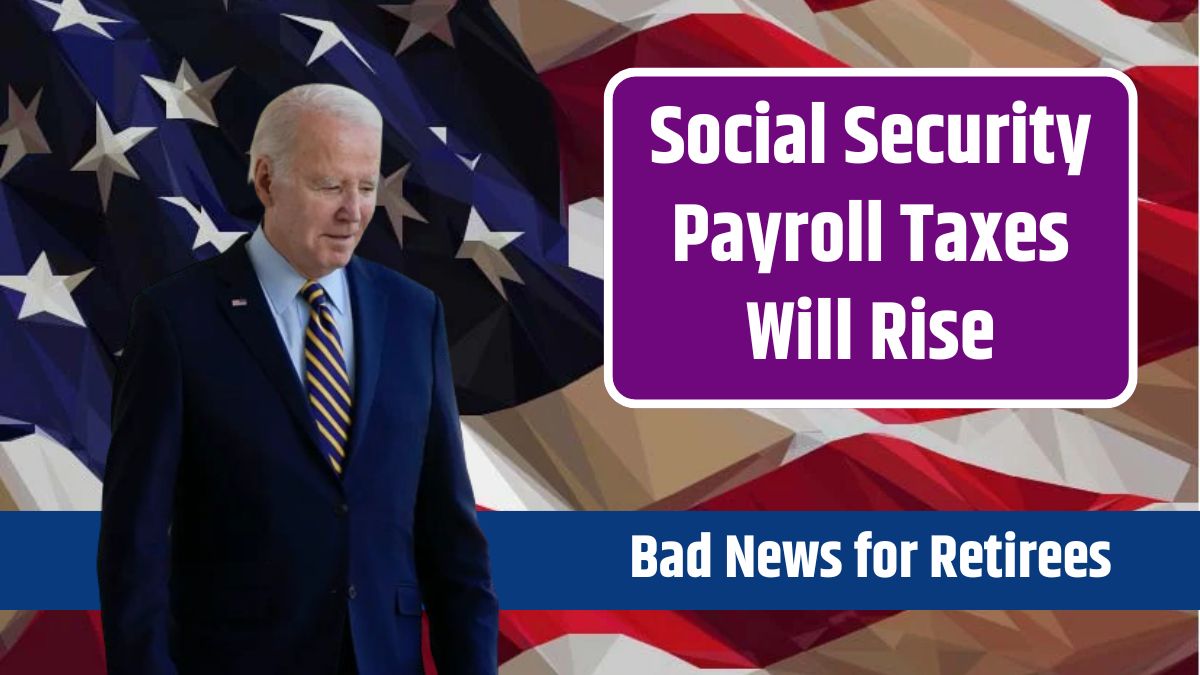The sustainability of the Social Security program is in jeopardy, and its potential collapse would leave millions of Americans without a significant portion of their income in old age. To combat this looming crisis, one widely approved solution is to raise payroll taxes.
Table of Contents
Rising Payroll Taxes
The amount of payroll taxes increases annually, but many are unprepared for the substantial jump anticipated in 2025. In 2023, the maximum taxable earnings limit was $160,200. With a 3.2% Cost of Living Adjustment (COLA) increase, the 2024 limit rose to $168,600. The Social Security Board of Trustees predicts that the 2025 maximum taxable earnings limit could be as high as $174,900, a significant increase.
If this prediction is accurate, employees might see their Social Security taxes increase by up to $391. With a 6.2% tax rate, individuals earning over $174,900 would have $10,844 deducted from their paychecks, compared to $10,453 this year.
Necessity of Higher Taxes
While this increase may not sit well with high-earning Americans, it is a crucial measure to prevent the program’s collapse. An April report by the Social Security Board of Trustees warned that without significant changes, the program could face a downfall by 2033, potentially resulting in a 20% cut in benefits for retirees.
Proposed Solutions
Alex Beene, a financial literacy instructor at the University of Tennessee at Martin, supports raising the maximum taxable earnings limit. He states, “While no one wants to pay more taxes, the unfortunate reality is that to keep Social Security sustainable as a long-term program, increases like the one likely to occur in 2025 are necessary. If anything, the amount is probably still too low to keep up with the funding gaps the program will face over the coming decades. Increasing the taxable maximum would undoubtedly lead to a better-funded program that could last longer in solvency than the current projections indicate.”
Future measures might include taxing more income or eliminating the Social Security taxable maximum entirely, taxing all income regardless of the amount. However, such measures would likely face strong opposition from legislators and wealthy individuals.
Broader Impact
Professor Beene acknowledges that more taxation on higher-income individuals could negatively impact other investment classes, including businesses that provide jobs and benefits. However, he emphasizes the severe consequences millions of Americans would face if Social Security benefits were substantially cut.
Although only around 6% of the population would be affected by these increased taxes (as most Americans already have all their income taxed for Social Security contributions), the likelihood of passing such measures remains low.
Urgency for Reform
The urgency to fix Social Security grows each year as COLA adjustments further strain the Trust’s resources. While predictions account for these adjustments, the actual numbers could either hasten the Trust’s depletion or extend its longevity with appropriate reforms.
The Senior Citizen League, a nonprofit focused on issues affecting the elderly, predicts a 2.7% increase in benefits for 2025, averaging a mere $51 per retiree. This small increase underscores the pressing need for substantial reforms to ensure the program’s sustainability.
The anticipated rise in Social Security payroll taxes highlights the ongoing struggle to maintain the program’s sustainability. While higher taxes may be unpopular, they are a necessary measure to ensure that millions of Americans can rely on Social Security for financial support in their retirement years. The debate over how to best secure the program’s future will continue, but one thing is clear: action is needed now to prevent a crisis in the coming decades.
FAQs
Why are Social Security payroll taxes increasing in 2025?
The increase is to ensure the long-term sustainability of the Social Security program, which faces potential collapse by 2033 without significant changes.
How much will the maximum taxable earnings limit increase in 2025?
The Social Security Board of Trustees predicts the limit could rise to $174,900 in 2025.
How will this increase affect high-earning individuals?
Individuals earning over $174,900 will have $10,844 deducted from their paychecks, compared to $10,453 this year, an increase of up to $391.
What are some proposed solutions to extend the Social Security Trust’s longevity?
Solutions include raising the maximum taxable earnings limit, taxing more income, or eliminating the taxable maximum altogether to tax all income.
How likely are these proposed solutions to be implemented?
While necessary, these measures face significant opposition and are unlikely to be implemented without substantial legislative support.








